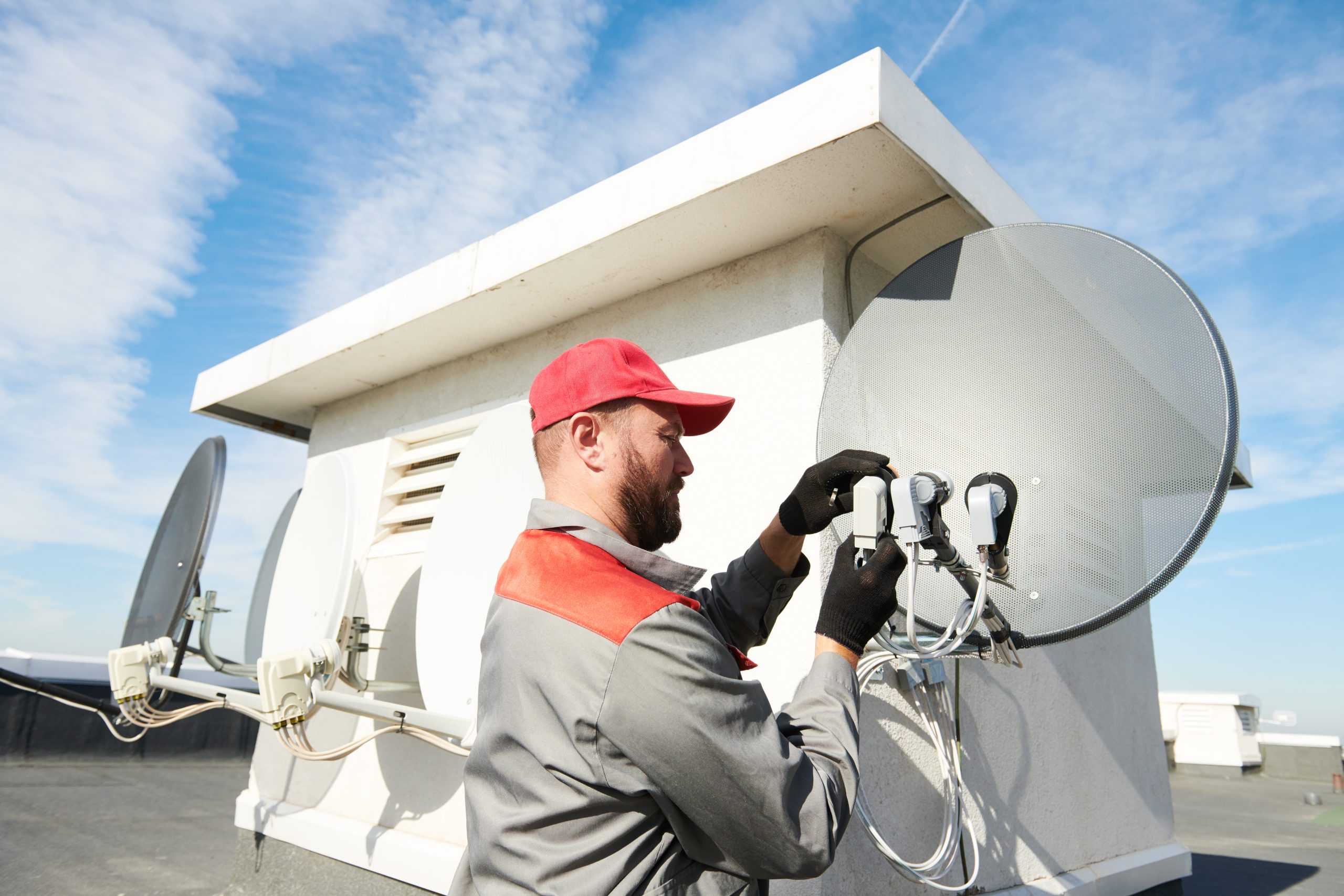Creating a stylish and functional bathroom that stands the test of time involves more than just selecting the right fixtures and fittings; it also includes choosing the right wall coverings. Traditional tiling has been the go-to choice for many, but the rise of bathroom wall panels offers a modern, sleek, and practical alternative that is gaining popularity in homes across the UK. In this blog post, we’ll explore the benefits of opting for bathroom wall panels, installation tips, and why Trade Wall Panels is your go-to source for high-quality options.
The Rise of Bathroom Wall Panels
Bathroom wall panels, also known as wet wall panels or shower panels, have transformed the way we think about bathroom interiors. These panels are large, waterproof boards that can be installed directly onto the walls of your bathroom, providing a seamless and contemporary look. Unlike traditional tiles, which require grouting and can be a breeding ground for mould and mildew, bathroom wall panels offer a smooth, grout-free surface that is easy to clean and maintain.
Why Choose Bathroom Wall Panels?
- Easy Installation: One of the most significant advantages of bathroom wall panels is their ease of installation. These panels can be fitted directly over existing tiles or onto plastered walls, making them an excellent choice for both renovation projects and new builds.
- Wide Range of Designs: With bathroom wall panels, you’re not limited in terms of design. Whether you’re looking for a sleek, modern look or a more traditional finish, there’s a wide range of patterns, colours, and textures to choose from. Trade Wall Panels, for instance, offers an extensive selection to match any bathroom style.
- Durability and Hygiene: These panels are not only waterproof but also highly durable and resistant to scratches and impacts. The non-porous surface means they are less likely to harbour bacteria and mould, making them a hygienic option for your bathroom.
- Cost-Effective: When compared to traditional tiling, bathroom wall panels can be a more cost-effective solution. The reduced labour time for installation and the minimal maintenance required over their lifespan can save homeowners both time and money.
Installation Tips
Installing bathroom wall panels is a straightforward process, but there are a few tips to ensure a professional finish:
- Measure Accurately: Before purchasing your panels, make sure to measure your bathroom walls accurately. It’s always a good idea to buy a little extra to account for any cutting and trimming needed during installation.
- Prepare Your Walls: Ensure your walls are clean, dry, and free from any loose material. If you’re installing over tiles, make sure they are firmly attached to the wall.
- Use the Right Tools: Having the right tools at hand, such as a fine-tooth saw for cutting the panels to size and a sealant gun for applying adhesive, can make the installation process smoother.
- Seal Properly: It’s crucial to use a high-quality silicone sealant around the edges and joints of the panels to ensure a watertight finish, especially in shower areas.
Why Trade Wall Panels?
When it comes to choosing bathroom wall panels, quality matters. Trade Wall Panels stands out as a premier provider, offering an impressive range of high-quality panels that cater to all tastes and budgets. Their collection features everything from sleek and modern designs to more traditional and textured finishes, ensuring there’s something for every bathroom. Additionally, their website provides valuable resources and guidance to help you make the best choice for your space.
In conclusion, bathroom wall panels offer a modern, practical, and stylish alternative to traditional tiling, making them an excellent choice for anyone looking to update their bathroom. With easy installation, a wide range of designs, and durable, hygienic surfaces, these panels can transform your bathroom into a sleek and inviting space. Trade Wall Panels is your ideal partner in this journey, providing not only a wide variety of options but also the quality and service to match. Visit their website to explore their extensive range and take the first step towards creating your dream bathroom.







